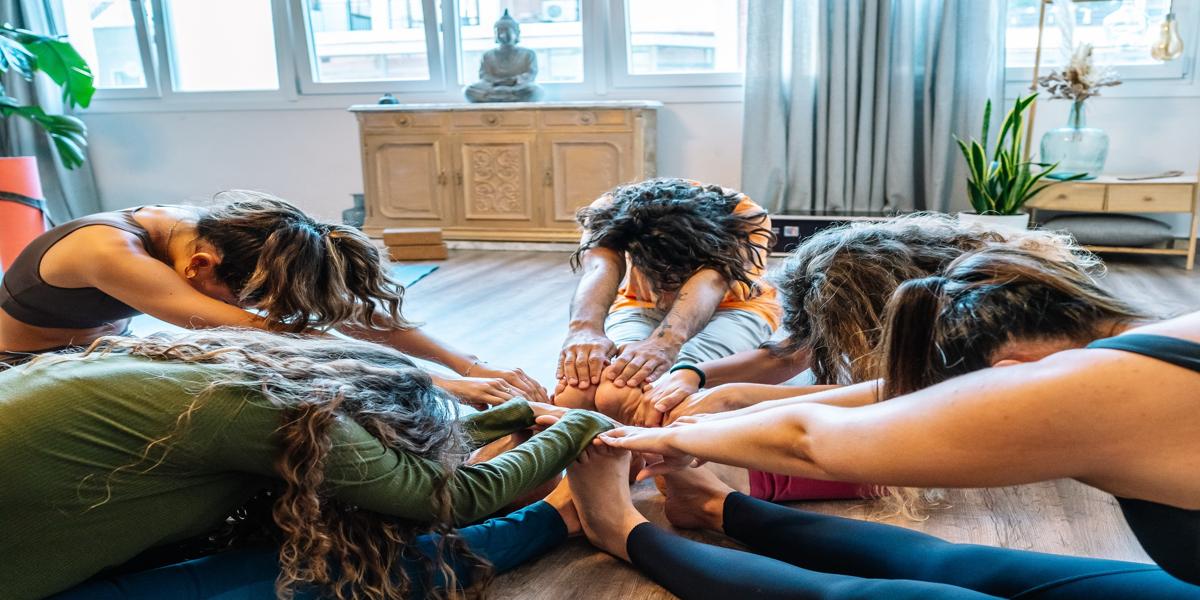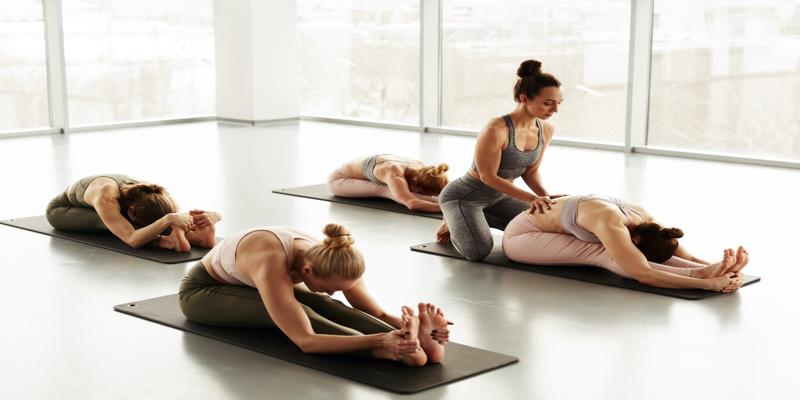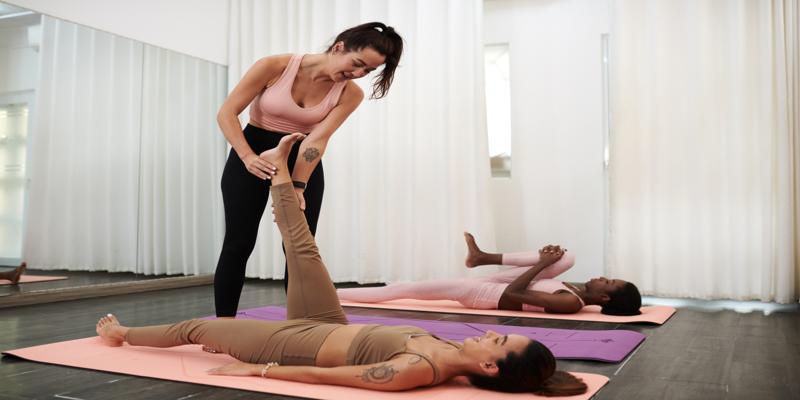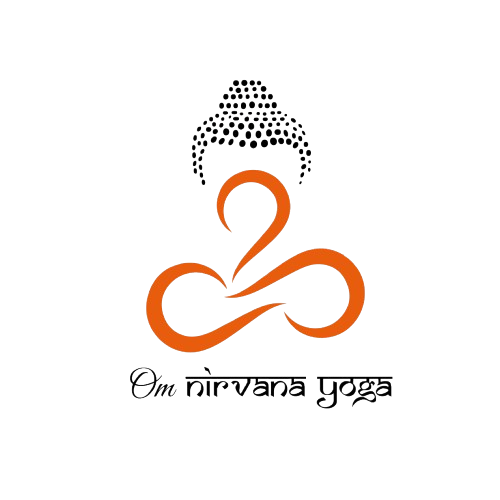Yin Yoga: A peaceful, thoughtful practice

Yin yoga at Om Nirvana Yoga School
Passive, longer-held yin yoga positions penetrate the body. It addresses our deepest connective tissues—ligaments, joints, bones, deep fascia networks, and meridians. In contrast, Yang yoga like Vinyasa targets the muscles. Yin yoga boosts organ chi flow energetically. We need healthy organs and muscles to be healthy. Yin yoga has great mental and emotional advantages.
Basic Yin yoga class expectations
A typical Yin yoga session involves long-held, passive floor positions that target the hips, pelvis, inner thighs, and lower spine. These places have abundant connective tissues. The positions last 5 minutes or longer. Although some Yin asanas incorporate Yang, Yin is mostly passive. To avoid muscle spasm from prolonged muscle engagement, asanas relax muscles.

Benefits of a frequent Yin Yoga practice:
- Improves circulation and flexibility
- Stabilizes mind and body
- Less stress and anxiety
- Relaxes fascia and promotes deeper relaxation
- Improves joint mobility
- Promotes organ homeostasis through meridian stimulation
Origins and History
For millennia, China and Taiwan have practiced Daoist Yoga, also known as Dao Yin, which involves long-held stretches and other Yin yoga methods. Around 2000 years ago, Taoist priests taught Kung Fu practitioners these and breathing practices.
Philosophy and Principles
Yin Yoga is based on Taoist yin and yang, contrary and complementary forces. Yang is shifting, revealing, while yin is stable, unchanging, hidden. Tendons, ligaments, and fascia are yin, while muscles and blood are yang. It targets Yin (connective) tissues. Slow, steady loading is optimal for connective tissue. Holding a yin stance for a long time will gently stretch connective tissue, making it longer and stronger, which is what you want. The goal of exercise is to stress tissue so it can strengthen.
Not all yoga poses may be done safely or efficiently in Yin style because the muscles must relax around the connective tissue to stretch. So Yin asanas are named differently. Traditional Chinese Medicine (TCM) suggests that yin yoga poses enhance the flow of qi (or chi), the subtle energy that flows through the body’s meridian channels. TCM says better qi flow enhances organ health, immunity, and emotional well-being.
Four key Yin yoga principles:
- Find a suitable edge: Start slowly and find a proper intensity. Never extend too much to create pain.
- Stillness: deliberately release into the pose and stay still. Hold the pose for 1-3 minutes, then 5 minutes or longer. Relax and exit the stance slowly.
- Explore the Yin yoga pose collection for step-by-step instructions, variations, beginning recommendations, and suggested classes.
- Discover why Yin yoga improves mental, physical, and emotional wellness.




